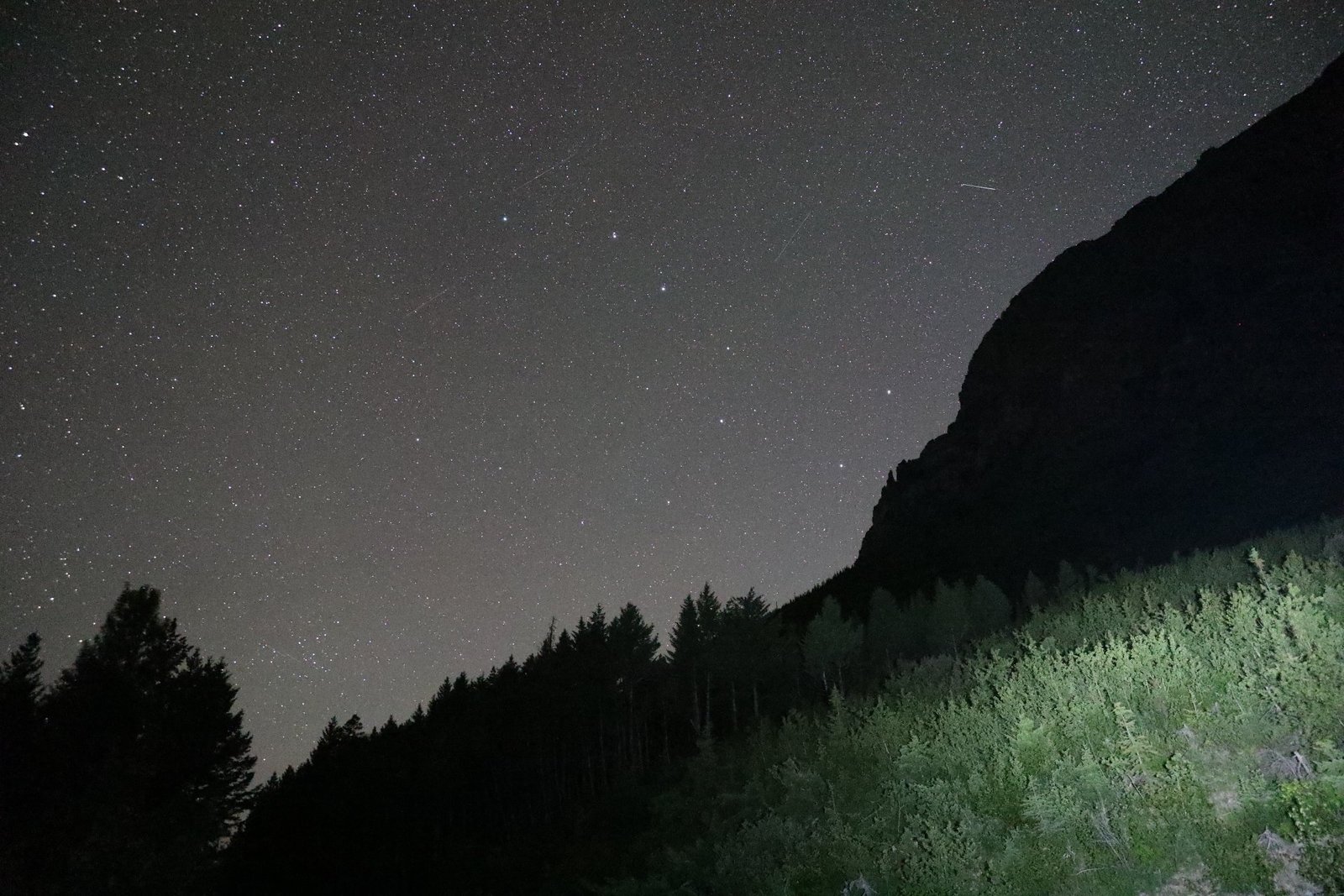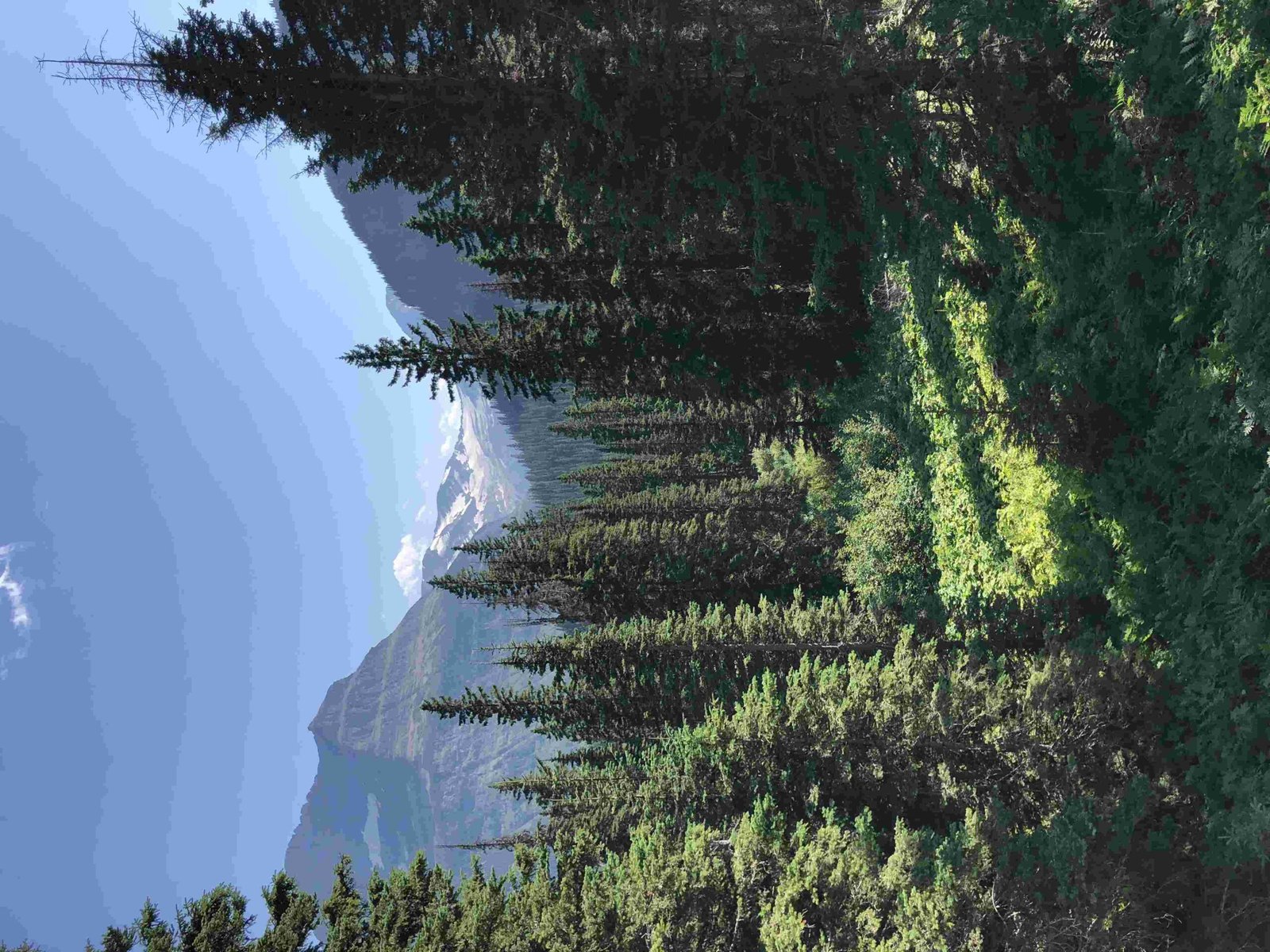Glacier National Park Montana visitor centers serve as essential hubs for park information, education, and visitor services. These centers, strategically located throughout the park, offer a wealth of resources to enhance your visit. From trip planning assistance to educational exhibits and ranger-led programs, the visitor centers provide crucial support for exploring this magnificent wilderness. With varying hours of operation and amenities, each center caters to different aspects of the park experience, ensuring visitors can make the most of their time in Glacier National Park.
What Are the Hours of Operation for Glacier National Park Visitor Centers?

The operating hours of Glacier National Park visitor centers vary by season and location:
- Apgar Visitor Center
- Year-round operation
- Summer: 8:00 AM to 5:30 PM daily
-
Winter: 9:00 AM to 4:00 PM, Monday-Friday (closed on federal holidays)
-
St. Mary Visitor Center
- Open late May through early October
-
Closed during winter months
-
Logan Pass Visitor Center
-
Open daily during peak season (typically late May to early October)
-
Belton Train Station (Glacier Area Information Center)
- Year-round operation
- Summer: 8:00 AM to 5:30 PM daily
- Winter: 9:00 AM to 4:00 PM, Monday-Friday
- Weekends (December 23 to May 12): 10:00 AM to 4:00 PM
It’s important to note that these hours may be subject to change due to weather conditions or other factors. Visitors are advised to check the official Glacier National Park website or contact the park directly for the most up-to-date information.
What Amenities Are Available at Glacier National Park Visitor Centers?

Glacier National Park visitor centers offer a range of amenities to enhance your park experience:
- Restrooms: Available at all visitor centers
- Information Services: Knowledgeable staff to assist with trip planning and park information
- Educational Resources: Exhibits, ranger-led activities, and educational programs
- Gift Shops: Available at some centers, offering park-related merchandise and souvenirs
- Wi-Fi: Available at select locations, such as the Apgar Visitor Center
- Shuttle Services: Access to park shuttle services at certain centers
While food and beverage options are not typically available directly within the visitor centers, nearby facilities often provide these services. For example, the Apgar Visitor Center is located near various services along the Going-to-the-Sun Road corridor.
Where Are the Visitor Centers Located and How Accessible Are They?
The Glacier National Park visitor centers are strategically positioned throughout the park:
- Apgar Visitor Center
- Location: Just off the Going-to-the-Sun Road, about 2 miles from the West Glacier Entrance Station
-
Accessibility: Parking lot available, wheelchair accessible, Wi-Fi access
-
St. Mary Visitor Center
- Location: Just inside the east entrance of Glacier National Park
-
Accessibility: Wheelchair accessible, parking available, shuttle service
-
Logan Pass Visitor Center
- Location: At the summit of the Going-to-the-Sun Road, straddling the Continental Divide
-
Accessibility: Wheelchair accessible, parking available (often fills up quickly), shuttle service
-
Belton Train Station (Glacier Area Information Center)
- Location: West Glacier Village, near the west entrance of the park
- Accessibility: Wheelchair accessible, parking available
All visitor centers are designed to be accessible for visitors with disabilities, featuring ramps, accessible restrooms, and other accommodations.
What Exhibits and Special Events Can Visitors Experience at the Centers?
Glacier National Park visitor centers offer a variety of exhibits and special events to enrich your park experience:
Educational Exhibits
- Natural History
- Geology of Glacier National Park
- Flora and fauna of the region
-
Climate and ecosystem displays
-
Cultural History
- Native American heritage exhibits
- Early explorer and settler information
- Park establishment and conservation efforts
Interactive Programs
- Ranger-Led Activities: Guided walks, talks, and demonstrations
- Astronomy Programs: Stargazing events and night sky education
- Junior Ranger Program: Educational activities for young visitors
Special Events
- Native America Speaks Program: Traditional Blackfeet dancing and drumming performances (summer season at St. Mary Visitor Center)
- Seasonal Workshops: Photography, wildlife tracking, and other park-related skills
- Art in the Park: Exhibitions featuring local artists inspired by Glacier National Park
These exhibits and events provide visitors with deeper insights into the park’s natural wonders, cultural significance, and conservation efforts.
How Can Visitors Make the Most of Their Visit to Glacier National Park Visitor Centers?
To maximize your experience at Glacier National Park visitor centers:
- Plan Ahead
- Check operating hours before your visit
-
Research which center aligns best with your itinerary
-
Arrive Early
- Popular centers like Logan Pass can get crowded quickly
-
Early arrival ensures better parking and less crowded exhibits
-
Engage with Rangers
- Ask questions about trail conditions, wildlife sightings, and park history
-
Get personalized recommendations for your visit
-
Participate in Programs
- Attend ranger-led activities and special events
-
Join educational programs to deepen your understanding of the park
-
Utilize Resources
- Pick up maps, trail guides, and informational brochures
-
Use Wi-Fi (where available) to download park apps or additional information
-
Support the Park
- Consider purchasing from gift shops to support park conservation efforts
- Learn about volunteer opportunities or ways to contribute to park preservation
By following these tips, visitors can enhance their Glacier National Park experience and make the most of the resources available at the visitor centers.
What Safety Information Do Visitor Centers Provide?
Glacier National Park visitor centers play a crucial role in disseminating safety information:
Wildlife Safety
- Guidelines for bear encounters
- Proper food storage techniques
- Wildlife viewing etiquette
Trail Safety
- Current trail conditions and closures
- Weather forecasts and advisories
- Recommended gear and preparation tips
Environmental Safety
- Fire danger levels and restrictions
- Water safety information for lakes and streams
- Leave No Trace principles
Emergency Information
- Contact numbers for park rangers and emergency services
- Location of emergency facilities within the park
- Procedures for reporting incidents or emergencies
Visitor centers serve as vital hubs for up-to-date safety information, ensuring that park guests can explore Glacier National Park responsibly and securely.
How Do Glacier National Park Visitor Centers Contribute to Conservation Efforts?
Glacier National Park visitor centers play a significant role in conservation:
- Education and Awareness
- Exhibits on climate change impacts
- Information on threatened species and habitats
-
Promotion of sustainable tourism practices
-
Research Support
- Collaboration with scientists studying park ecosystems
-
Citizen science program information and participation opportunities
-
Resource Protection
- Guidance on minimizing human impact on the park
-
Information on invasive species prevention
-
Cultural Preservation
- Exhibits on Native American history and culture
-
Preservation of historical artifacts and structures
-
Sustainability Initiatives
- Use of renewable energy in visitor center operations
- Recycling and waste reduction programs
By visiting these centers, park guests not only gain valuable information but also contribute to the ongoing conservation efforts in Glacier National Park.
What Transportation Options Are Available from Visitor Centers?
Glacier National Park visitor centers serve as transportation hubs:
- Shuttle Services
- Free shuttle system along Going-to-the-Sun Road (seasonal)
-
Connections to popular trailheads and viewpoints
-
Parking Information
- Updates on parking availability at popular sites
-
Alternative parking options during peak times
-
Bicycle Rentals
- Information on bike rental services near visitor centers
-
Bike-friendly routes and safety guidelines
-
Tour Bookings
- Assistance with booking guided tours (boat tours, bus tours, etc.)
-
Information on authorized tour operators within the park
-
Accessibility Transportation
- Details on accessible transportation options
- Wheelchair-accessible shuttle services
By utilizing these transportation resources, visitors can navigate Glacier National Park more efficiently and reduce their environmental impact.
In conclusion, the Glacier National Park Montana visitor centers are invaluable resources for park exploration, education, and conservation. By taking advantage of the amenities, exhibits, and services offered at these centers, visitors can enhance their park experience while contributing to the preservation of this natural wonder for future generations.
References:
1. Vehicle Reservations – Glacier – National Park Service
2. Store Hours and Locations – Glacier National Park Conservancy
3. Operating Hours & Seasons – Glacier National Park (U.S. National Park Service)